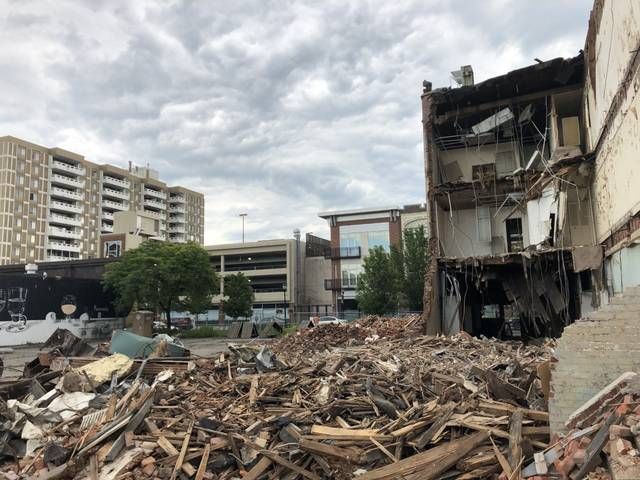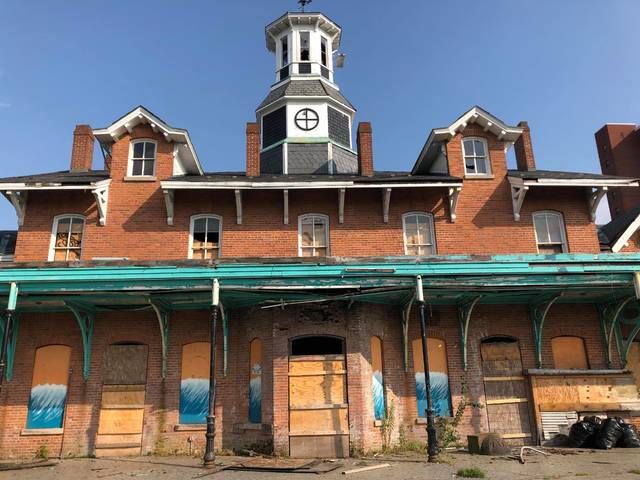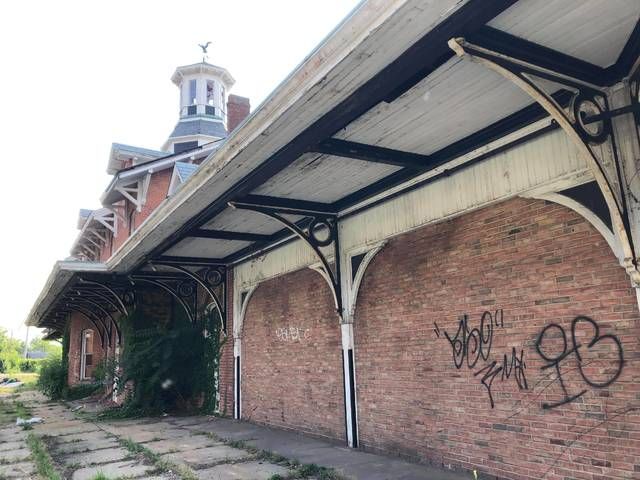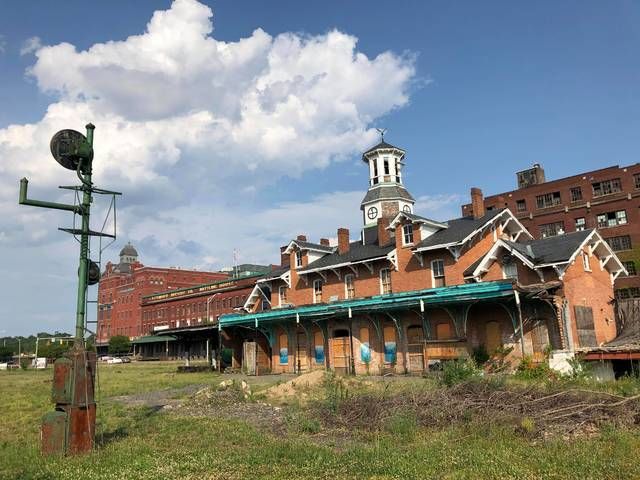
Demolition is seen underway at the rear of the Frank Clark jeweler building on South Main Street in downtown Wilkes-Barre last month.
Times Leader file photo
Click here to subscribe today or Login.
Larry Newman put it succinctly. “We’ve been yelling about this since 2013, and yet here we are.”
The executive director of the Diamond City Partnership — and a man who walks Wilkes-Barre’s downtown with a wealth of knowledge about smart (and not-so-smart) urban development — was talking about the demise of the Frank Clark jeweler building on South Main Street, another loss in a growing litany of historic, distinctive buildings the city used to have but failed to preserve.
The store’s demise, recounted by editor Roger DuPuis in Monday’s paper, has practically become the Diamond City’s Modus Operandi when it comes to not saving buildings. Years of neglect, years of discussion on how to save, and then a excavator bucket pushing the last wall down.
Clark’s Jeweler closed some three decades ago. In May of 2013 a new jewelry shop, Ocean Gold, opened there, only to have neighboring city-owned buildings declared unsafe enough to require demolition. The new jewelers and the neighboring Place One at Hollywood clothing store had to evacuate so demolition could begin.
Ocean Gold owner Ilona Bruns re-opened 45 days later, but it was too late to save the store, and it closed for good in June 2014.
Back then, Newman praised the distinctive buildings that remained as “two of the best historic commercial facades left in downtown,” advising that meant “it’s critical that the development of the corner integrates with them as well.”
There’s plenty of evidence that properly preserving historic structures, particularly distinctive ones like the Clark building, goes a long way toward an old city’s revitalization. But in Wilkes-Barre specifically and in much of Luzerne County, preservation seems like a roll of the dice.
We managed to save the F.M. Kirby Center, though it took a Herculean support from the Boscov family to do it. A big chunk of the Stegmaier Brewery was saved, but it took the intervention of the federal government to bring it back into use. Most recently, the Spring Brook Water Supply building and the Memorial Presbyterian Church were saved thanks to meticulous refurbishing and re-purposing by King’s College. Many other buildings in downtown Wilkes-Barre have been successfully saved by investors who saw value in them while refitting them for new uses as both businesses and housing.
But the badly misplaced belief in “urban renewal” following the 1972 Agnes flood led to a big loss in picturesque buildings. As Newman put it, “there used to be a collection of historic Victorian commercial structures in the commercial core of the downtown, prior to 1972, that were every bit as good and every bit as valuable, and now all of it is gone.”
More recently, years of effort to save the Hotel Sterling led to an empty corner lot, and the iconic Irem Temple sits still at risk.
All of which is strong argument to develop a formal mechanism to save historic properties. Newman and others are working toward that goal in Wilkes-Barre. It’s an idea we should all get behind, before we find ourselves saying, yet again, “Hey, remember the neat building that used to be there?”
— Times Leader







